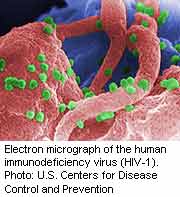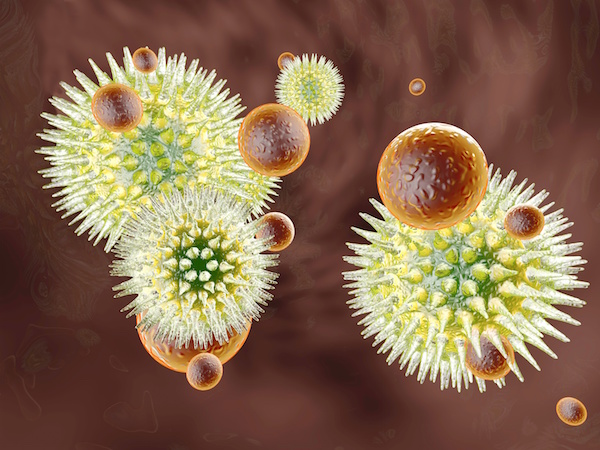
MONDAY, July 19 (HealthDay News) — In the poorer neighborhoods of America’s cities, about 1 in every 50 heterosexual adults are now infected with HIV — a much higher rate than is seen in the general population, U.S. health officials report.
The finding suggests that poverty plays a crucial role in spread of the virus that causes AIDS, according to a team from the U.S. Centers for Disease Control and Prevention (CDC).
The link between low income and a higher risk of getting infected with HIV held regardless of race or ethnicity, the researchers found.
“This study shows that we can’t look at HIV in isolation from the environment in which people live,” Dr. Jonathan Mermin, director of CDC’s Division of HIV/AIDS Prevention, said during a noon press conference held Monday.
“It also points to an urgent need to prioritize HIV prevention efforts in economically disadvantaged communities,” he said.
The report is slated to be presented at the International AIDS Conference being held this week in Vienna, Austria.
The study shows there is a generalized HIV epidemic among the inner-city poor in the United States, Dr. Kevin Fenton, director of CDC’s National Center for HIV/AIDS, Viral Hepatitis, STD, and TB Prevention, said during the press conference.
“We need to reach everyone in that defined community with HIV prevention information and intervention, not just those at highest risk,” he said.
For the report, a team led by Dr. Paul Denning, a medical epidemiologist in CDC’s Division of HIV/AIDS Prevention, collected data on more than 9,000 heterosexual adults living in poorer sections of 23 American cities. These people participated in the 2006-2007 heterosexual section of the CDC’s National HIV Behavioral Surveillance System, which monitors HIV risk, testing and prevention services.
Overall, 2.1 percent of those surveyed were infected with HIV, the team found.
The rate of HIV infection was especially steep among the least well-off. For example, 2.4 percent of people living below the poverty line were infected with HIV versus 1.2 percent of those living above the poverty line, the team found.
Those rates are substantially higher than the national average of HIV infection, which is estimated at 0.45 percent of the population.
There were no significant differences in prevalence of HIV prevalence by race or ethnicity in low-income urban areas, the researchers add. Prevalence was 2.1 percent for blacks, 2.1 percent for Hispanics and 1.7 percent for whites.
That’s contrary to statistics for the United States as a whole, which show that HIV is characterized by wide racial and ethnic disparities. Among blacks, HIV rates are almost eight times higher than among whites and among Hispanics the rate is almost three times higher than whites, Denning’s team noted.
“Poverty may account for some of the [nationwide] racial/ethnic disparity,” Mermin noted. But other factors linked to low income can also contribute to HIV, the researchers said. These include limited access to health care, which can reduce the use of HIV testing and prevention services; drug abuse, which can increase risky sexual behavior; and high incarceration rates, which can adversely affect relationships.
During the press conference, Denning noted that rates of HIV infection among the inner-city poor was highest in cities in the Northeast and lowest in the West and Mid-West.
The report provides insight into factors that seem to be driving HIV transmission among heterosexuals, who account for 31 percent of new infections each year, the researchers say.
Each year more than 56,000 Americans become infected with HIV, Fenton said. “More than 1.1 million Americans are currently living with HIV and nearly 18,000 people AIDS still die each year in the United States,” he said.
In the U.S., 53 percent of new HIV infections are among homosexual and bisexual men and 12 percent occur among injection drug users. An additional 4 percent of new cases are among men who have sex with men and use injection drugs, the researchers note.
More information
For more information on HIV/AIDS, visit the U.S. Centers for Disease control and Prevention.

